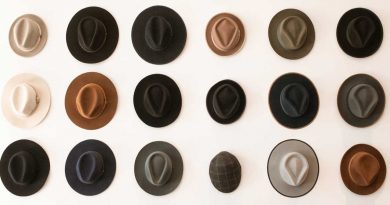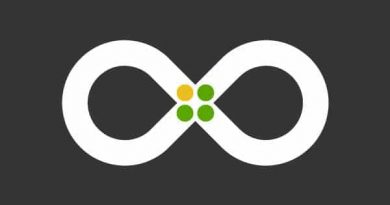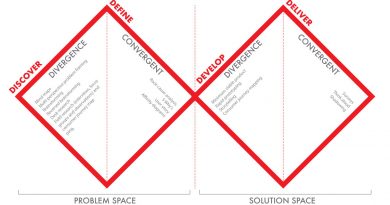What are Design Research Types and Applications?
Let’s think of the design practice and how design research contributes to the development of different design solutions, products, services, and systems. Both design and research are human activities, and in his book, Craftsmanship, Richard Sennett describes design as a craftsman practice that involves using different materials and elements to provide a final design solution. Over the years of working in the design industry before moving to academia, research was an integrated part of our practice as a design team.
With a closer look to the design thinking process, we can observe that design research is a bit tricky due to the interdisciplinary nature of design. The interaction between design and research is affected by the level of the research conducted, its purpose, who is doing it, and when it is practiced in the design process. Have a think of these questions and try to reflect on your own design practice.
What is Design Research?
Design research Is the practice of using research to inform the design practice. Designers use different qualitative and quantitative research methods during the design thinking process. At the early stage of design thinking (Discover), research methods can be used to collect data about the design problem, target users, and their needs. The analysis of these data can help designers to format a clear idea about the problem (Define stage) before moving to prototype (Develop). Design research includes co-creating and testing with the user to understand their experience and improve the design solution to meet their needs.
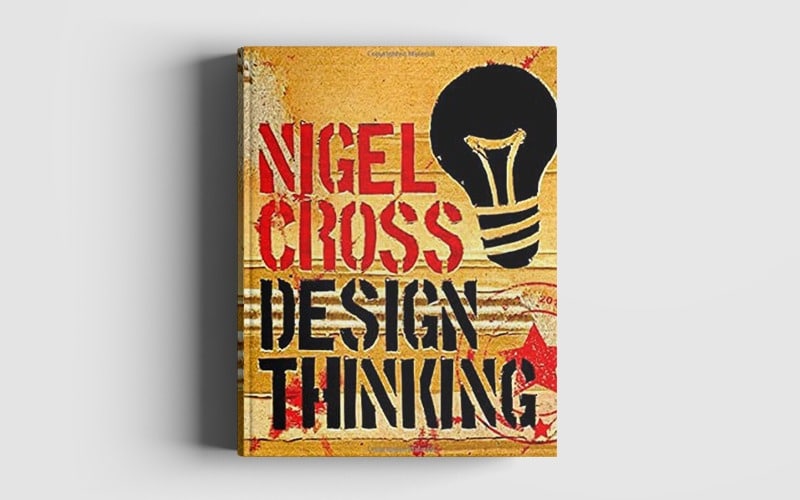
In his book Design Thinking, Nigel Cross explored how different famous designers creatively design their products and how they used different types of research, in particular visual research, to inform their design ideas and creative practice. While our focus in this article is the types of design research and their contribution to the design practice, you can check several design research methods in the IDEO Design Toolkit, which provides a comprehensive guide for the different research tools and when to use them during the design process. The aim of our discussion today is to explore the connection between design and research and how they both blend seamlessly into our daily design practice.
The Relation Between Design and Research
Before jumping to explore the main three types of design research, it is vital to clarify the design research practice in the corporate context in general. While some companies apply research intensively (research-based design practice), others just depend on secondary research done by others. Therefore, some premises need to be clarified regarding the clarified about this relation:
There is no design without research.
As a designer, you start any design project by exploration. We start with a client brief and conduct field research to understand the design problem and the target user. Visual research presents another aspect of our research, which explores different ideas.
Design and research may not happen in the same place and time.
In some projects, designers receive briefs or jump directly into the development of ideas. This does not mean an absence of the research element. It is simply because the research was conducted in an earlier stage of a previous project. Then, the current designer just applied what was found. You may notice that they practice micro- or small-size design studios where they focus only on the exclusion of the creative briefs rather than contributing to forming one.
Design and research may not be conducted by the same person
Another premise to highlight is that the person who conducts the research may not be the same person who develops the design solution. Within the team, the research could be conducted by the marketing team or others.
Design research types can be used simultaneously.
As we will explore the different examples below, we will find out that different design research types can occur in the same project at the same time as they all blend into the design process.
The Types of Design Research
Classifying the design research and its aims is coined to Professor Christopher Frayling, The Royal College of Art. In his paper, Research in Art and Design, Frayling identified three types of design research in the practice: research to design, research into design, and research through design. The aim of this classification is to identify the relation between research and design in practice. So, let’s explore each of these three types:
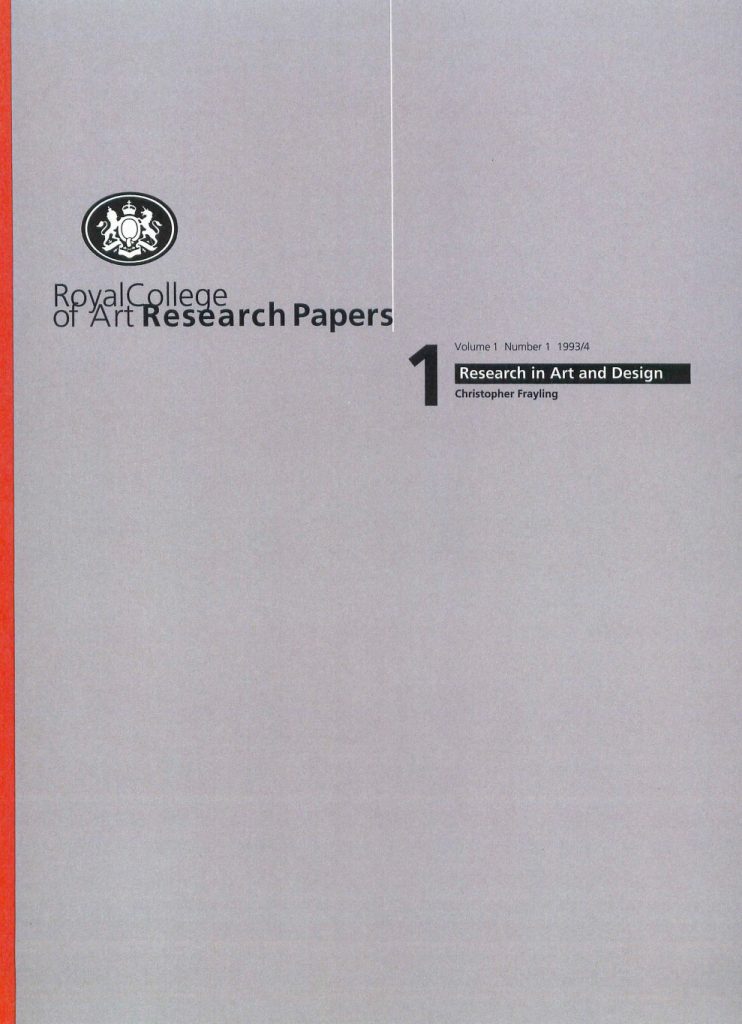
Research to Design
This is the most commonly known type of design research. It is simply what every designer conducts before developing the final design product or service. For example, designers conduct UX research using tools such as card sorting and the Kano Model to understand how patients prioritise the different functions before designing health apps to manage their weight and diet. If you would like to design a service such as improving the patient experience when admitting to hospitals, we start with conducting field research and exploring their experience using tools such as consumer journey mapping to identify both pain points and gain points.
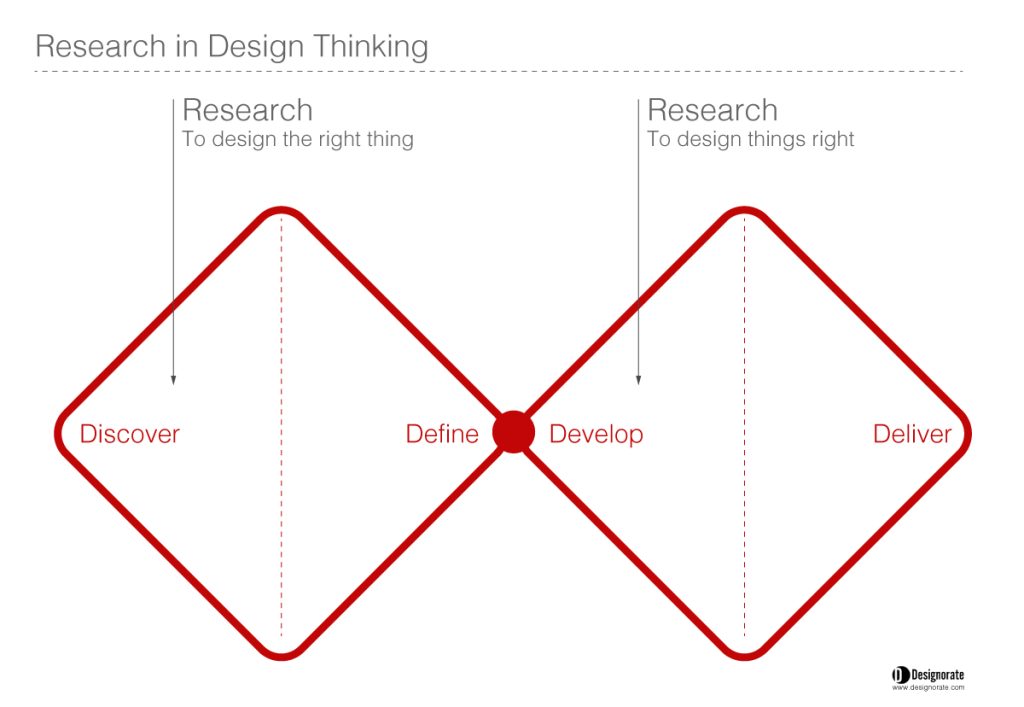
One practical example of applying research to design is IKEA products. In an interview with IKEA product management, Marcus Engman, in Dezen Magazine, he highlighted that IKEA does field research to build an understanding of how consumers use different kitchenware products in their daily lives. They use field studies, interviews (What is Thematic Analysis? And How to Apply in Design Thinking) and observation as research methods to understand the design problem and consumer needs.
The research to design occurs in two points in the design process. First, in the exploration stage, as the IKEA example, there is another phase where research is a must to ensure the design success, which is prototype testing. The aim of research in this stage is to ensure that we designed the right thing. Collecting feedback from consumers and clients to improve the prototype before delivering the final design product. Think of A/B testing in UX research as the randomised trial is applied to explore which feature is getting more user clicks.
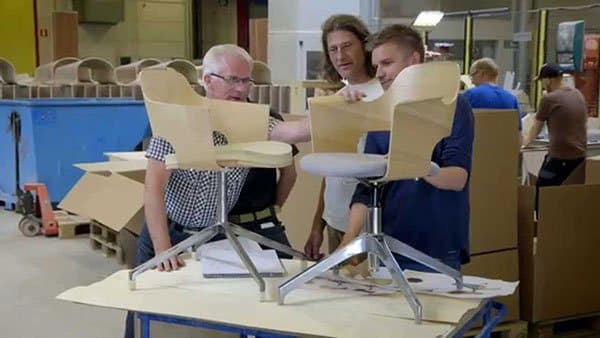
Finally, after the delivery of the product, research doesn’t stop. Research contributes to getting consumer feedback after supplying the product, such as consumer satisfaction questionnaires, focus groups and interviews. These data can be used as research findings that can be used in future products as well.
Research into Design
The second aspect of the design research is the research in the design practice itself, which is usually conducted by academics who investigate the design practice and how designers generate their ideas. It is a pure academic investigation that aims to build understanding of the design practice, identify its characteristics, and which route is most effective in the practice.

A good example of the research into design is the work of Kees Dorst in identifying the design problem and solution in the design thinking process in his paper, The Nature of Design Thinking, Kees Dorst investigated the design thinking practice from the reasoning aspect and how ideas are formed in the problem/solution space. He observed the design practice based on three main elements: The “What” refers to the players or the elements in the situation we would like to address, the “How” refers to the process or the method used to address these challenges, and finally the “Result” which is the outcome solutions. For example, in science, if we know that there are stars in the sky, and if we know the natural laws that govern their movement, then we can predict where they will be at a certain point in time. This example aims to illustrate the reasoning process where we know all the elements of the premise (figure 5).
In the inductive (Figure 6 – part a) premise, we know “What” elements we have and the “Result” we need to reach, but we don’t know how we can reach the result. Deductive ( (Figure 6 – part b)) involves understanding the “what” in a given situation, which refers to the relevant players we need to focus on. It also involves understanding the “how,” which pertains to how these elements will interact and behave together. By grasping both aspects, we can make accurate predictions about the outcomes. For example, if we have knowledge about the presence of stars in the sky and possess an understanding of the governing laws of their motion, we can confidently predict the precise location of a star at a specific time.
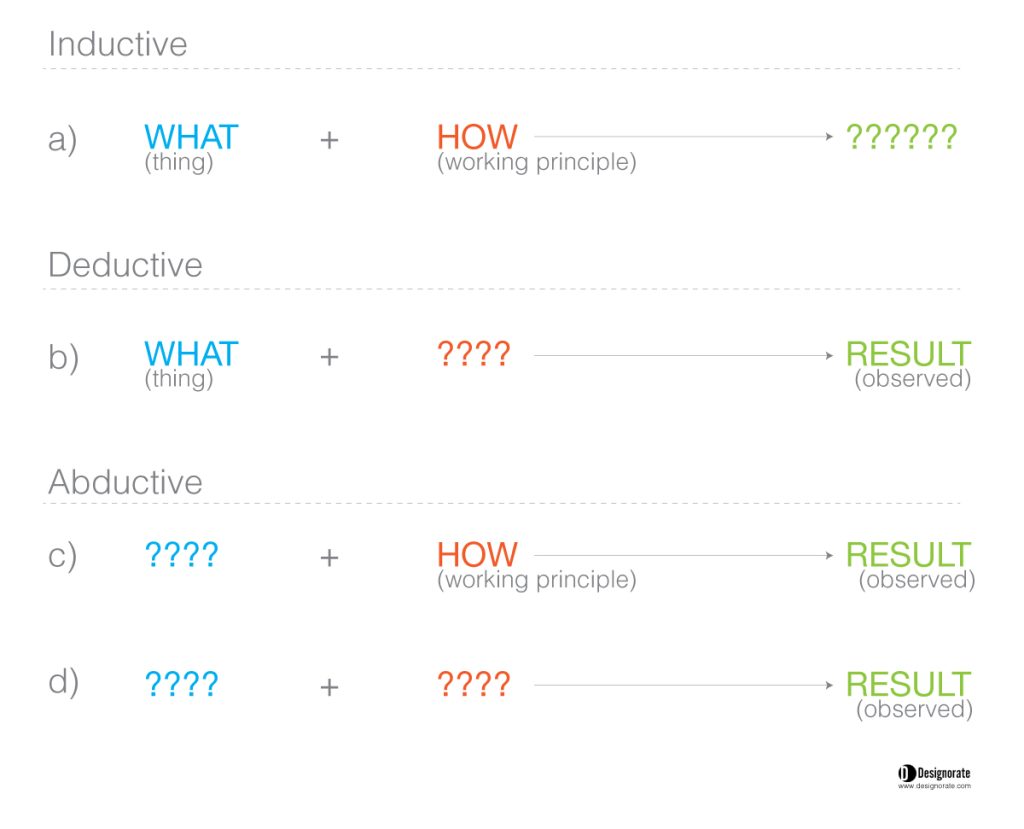
The third type, abductive reasoning, is commonly practised in design and productive professions, where the end result is not a statement of fact but a provided value. This type of reasoning comes in two forms. The first one is commonly used in problem-solving (Figure 6 – part c). In this context, we possess knowledge of both the desired “Value” we aim to create and the specific “How” or working principle that can facilitate our creation. However, what remains absent is the identification of the “What”, which is the system that will provide clarity and delineation to both the problem itself and the potential solution space. It is through defining this “What” that we can establish a framework within which we can actively seek answers and explore potential solutions. The second type of abduction (Figure 6 – part d) reasoning is more ambiguous and fuzzy as we only know the value that needs to be created, but we lack the knowledge of what needs to be created to achieve this value or the method to create it. This model is commonly associated with conceptual design.
Research Through Design
In the final type of design research, design is used as a tool for research., a vehicle for research to answer questions. Think of design in this case as an equipment for researchers to collect data, which is the ultimate goal of the practice. For example, Fitbit has been used to collect vital data about employees and military personnel in order to monitor their health during daily practice. These data are then used to optimise their practice and improve the diet provided for them.
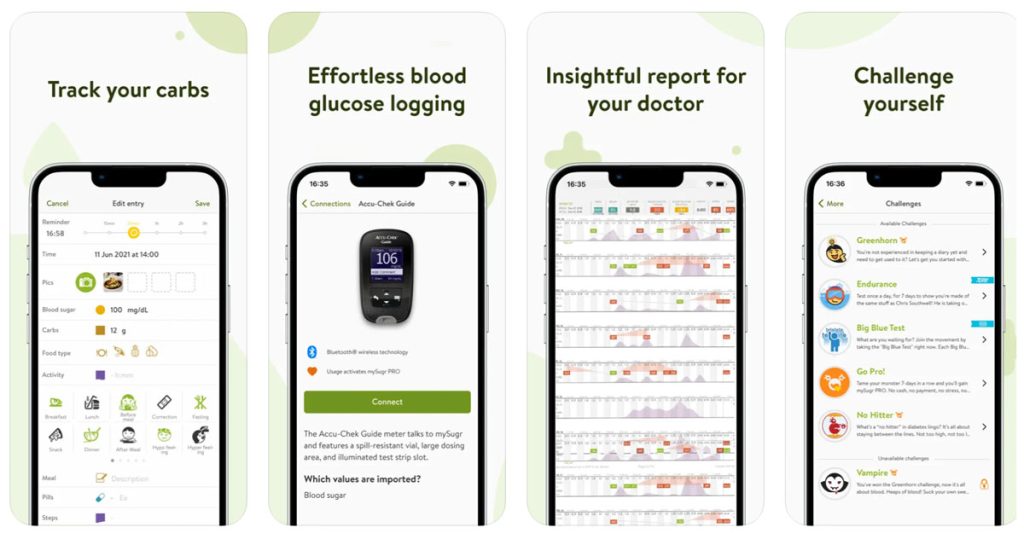
Another example of research through design is diabetes health management apps. Several clinicians provide access to health management mobile apps for their patients to help improve their diet and monitor their health status, which can help them to understand their health behaviour outside the clinically controlled environment. In this case, the mobile health app is not the goal of the process; it is a tool to collect data about patient behaviour and use it in clinical practice.
Conclusion
As a designer, we can’t fully appreciate the role of design research in the design process without having a clear understanding to this role and its value in the design thinking process. The classification of the design research types can help us to identify the optimum approach to take while conducting the design research and the extent of the research in the design project, especially since it can be costly for companies to apply properly. Therefore, it is crucial to know what type of research is needed, the tools required to conduct the research, and most importantly, the limitations of the research.
Bibliography
Brown, T. and Katz, B. (2011) ‘Change by design’, Journal of Product Innovation Management. doi: 10.1111/j.1540-5885.2011.00806.x.
Dorst, K. (2018) Frame Innovation, Frame Innovation. doi: 10.7551/mitpress/10096.001.0001.
Dorst, K. (2010). The nature of design thinking. In Design thinking research symposium. DAB Documents.
Frayling, C. (1994). Research in art and design (Royal College of Art Research Papers, vol 1, no 1, 1993/4).
Lawson, B., & Dorst, K. (2013). Design expertise. Routledge.


